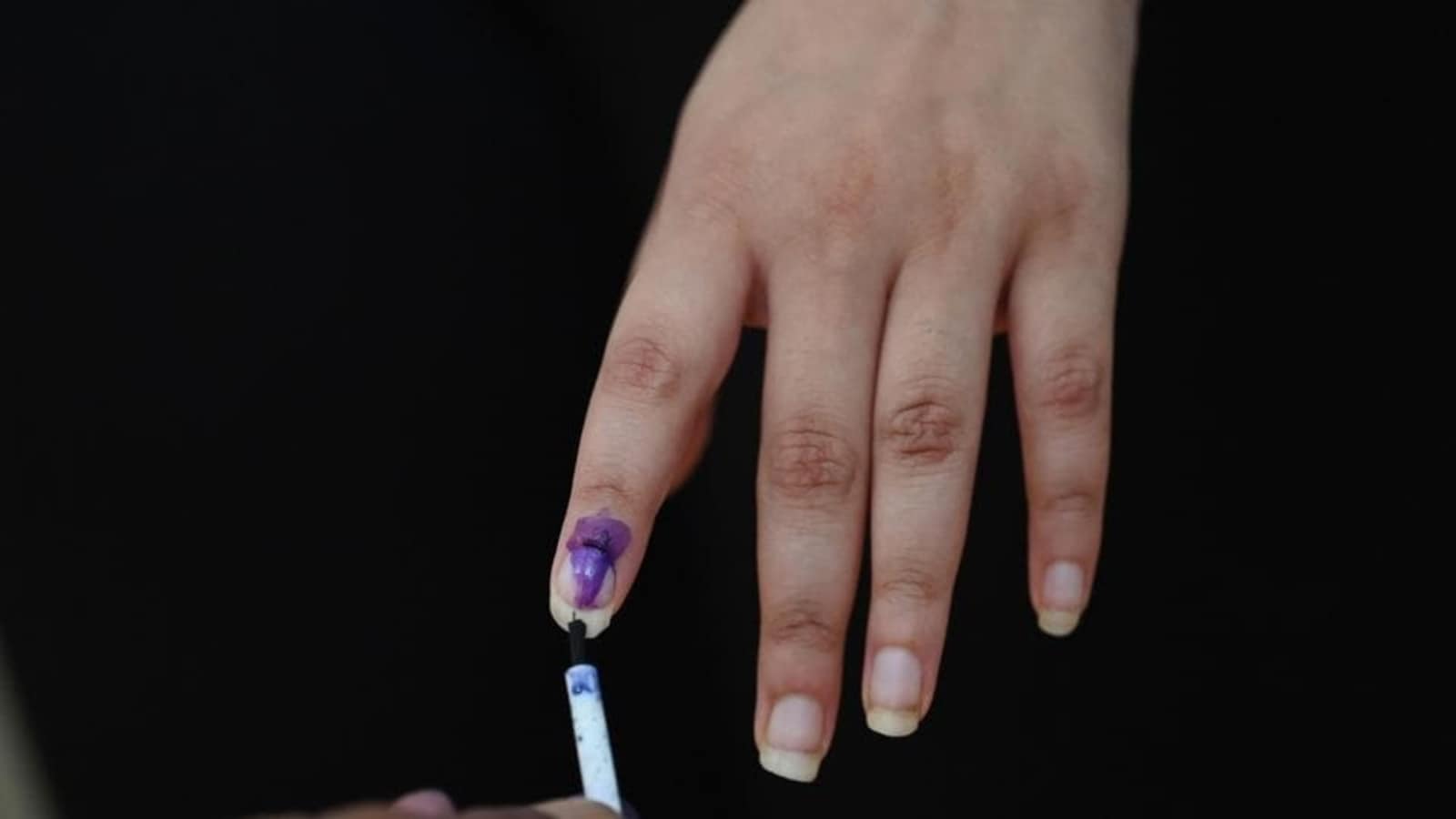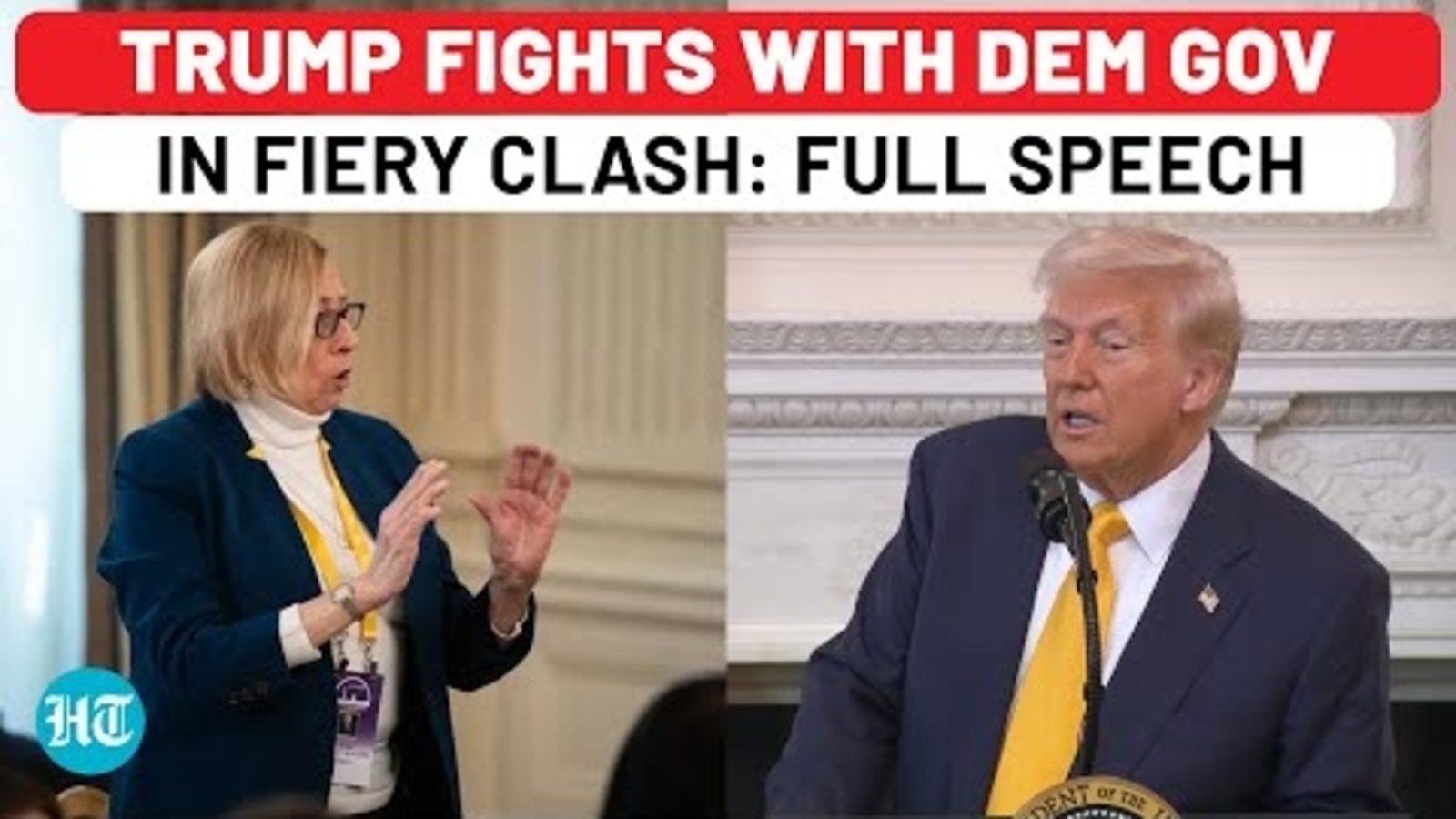The Union Cabinet’s decision to accept the proposal of holding simultaneous elections, following the recommendations of the committee chaired by former president Ram Nath Kovind, marks a significant moment in India’s electoral landscape. The decision that could reshape the democratic fabric of the country aligns with a key promise in the Bharatiya Janata Party’s 2024 manifesto and has been championed by Prime Minister Narendra Modi. However, the proposal faces significant opposition from several political parties and activists who argue that it could undermine democratic accountability, although there are also some independent analysts who believe it has the potential to the shift the needle from politics to governance.

Union Minister for Information & Broadcasting Ashwini Vaishnaw announced the Cabinet’s acceptance of the recommendations of the high-level committee led by Kovind on Wednesday, adding that an implementation group would be formed to execute the plan. The Kovind panel submitted its report to President Droupadi Murmu on March 14, recommending a two-step process for aligning elections at various levels of government — aligning Lok Sabha and state assembly elections first, followed by the synchronisation of municipal and panchayat elections within 100 days.
Given the debate that the Cabinet’s decision has stirred across political and legal circles, it is imperative to explore the historical context, key deliberations, proposed framework and the potential impact of implementing simultaneous elections in India.
Read more: Congress does not believe in One Nation, One Election: Karnataka Deputy CM DK Shivakumar
Historical context of simultaneous elections in India:
Simultaneous elections, where polls to the Lok Sabha and state legislative assemblies are held at the same time, were the norm in India until 1967. In 1951-1952, 1957, 1962, and 1967, general elections for the Lok Sabha and elections to state legislative assemblies were conducted concurrently.
However, the cycle of simultaneous elections was broken by the dissolution of certain state assemblies in 1968 and 1969, the dissolution of the Lok Sabha in 1970, and the national elections that followed in 1971. The disruption was also caused by the central government’s frequent use of Article 356 of the Constitution to impose the President’s Rule in states. Between 1966 and 1977, President’s Rule were imposed on 39 occasions in different states.
In its 1962 report on the third general election in India, the Election Commission of India (ECI) said that “it is obviously desirable that this duplication of efforts and expense should, if possible be avoided.”
The concept of reverting to simultaneous elections was first formally raised by the Election Commission of India (ECI) in 1983. The Law Commission of India’s 170th report in 1999 also suggested simultaneous polls to reduce election-related disruptions. The National Commission to Review the Working of the Constitution also recommended in 2002 that assembly and Lok Sabha elections should be held simultaneously to save human and other resources. All remain valid arguments.
In 2015, the Parliamentary Standing Committee on Personnel, Public Grievances, Law and Justice revisited the idea, emphasising its potential to streamline governance and curb election expenses.
Read more: Cabinet clears plan for ‘One Nation, One Election’
In January 2017, NITI Aayog prepared a working paper titled “Analysis of Simultaneous elections: the What, Why and How”. Getting out of a ‘permanent election mode’, the paper stated, is a huge structural change in mindset that could potentially provide the much-needed space to governments to focus on long-term transformational measures without worrying about the next impending election.
The Law Commission’s draft report on “one nation, one election” in 2018 also favoured simultaneous elections, enumerating quite a few advantages of the idea. However, it preferred further deliberation with political parties and other stakeholders before final recommendations could be made.
The Kovind panel’s deliberations and recommendations:
The Kovind panel conducted extensive consultations with political parties, constitutional experts, former chief justices, and election commissioners to gauge the feasibility and implications of simultaneous elections. The panel’s findings and recommendations are key to understanding the complexities involved.
During its consultations, the panel received feedback from 47 political parties, with mixed responses: 32 parties, including two national parties (BJP and NPP) and several state parties such as AIADMK, Shiv Sena, BJD, and JD(U), supported the proposal, arguing it would enhance governance, reduce the financial burden of frequent elections, and promote policy continuity. But 15 parties, including the Congress, AAP, BSP, and CPI(M), opposed the idea, citing concerns about the impact on India’s federal structure, democracy and regional representation. They argued that imposing simultaneous elections could undermine state autonomy and shift India towards a quasi-presidential system. There were another 15 political parties that chose not to respond to the panel’s consultations.
The panel also sought the views of four former Chief Justices of India (Justices Dipak Misra, Ranjan Gogoi, SA Bobde and Uday U Lalit), all of whom favored simultaneous polls. Out of 12 former high court chief justices consulted, nine supported the proposal, while three opposed it. Additionally, former chief election commissioners and the Bar Council of India largely backed the idea, stressing the potential for electoral reforms and governance stability.
Panel’s response to opposition and legal safeguards
The Kovind panel addressed the objections raised by political parties, asserting that simultaneous elections do not violate fundamental rights, the federal structure, or the rule of law. Underscoring that the proposal does not alter the essence of governance mechanisms but seeks to optimise the electoral process without compromising democratic values, the panel maintained that the concept of simultaneous elections does not infringe upon citizens’ rights to vote, participate in elections or challenge election outcomes. “The concept of simultaneous elections in no way affects the governance mechanism, it only provides a way to better manage the whole election process. Moreover, the suggested scheme neither deprives individuals of the right to vote or participate in elections, nor does it dismantle the established system of regular, open, and equitable elections,” added the panel, rejecting an argument that simultaneous elections would impair the fairness of the electoral process. It further held that the introduction of a “full term” and “unexpired term” framework ensures that mid-term elections will only impact the duration of the assembly or Lok Sabha’s term without altering the regular election schedule.
Proposed enabling framework and constitutional amendments:
To facilitate simultaneous elections, the panel suggested a two-step approach.
One, synchronising Lok Sabha and state assembly elections. Two, synchronising local body elections. It suggested a new provision, Article 324A to ensure that elections to municipalities and panchayats are held concurrently with general elections, integrating the three tiers of governance under a unified electoral cycle.
But the changes will require significant amendments to the Constitution, the panel admitted.
Defining terms and phased implementation: The Constitution would be amended to define a “full term” of five years for the Lok Sabha and state assemblies, with an “unexpired term” for instances of mid-term dissolution. Elections following such dissolutions would be treated as “mid-term” elections, while polls after the expiry of the five-year term would be considered “general elections.”
Amendments to Articles 83 and 172: These articles define the five-year terms of the Lok Sabha and state assemblies, which can be cut short by dissolution. The amendments would introduce the concepts of a “full term” and “unexpired term,” allowing for mid-term elections without disrupting the synchronised schedule. According to the panel, these amendments would not require ratification by the states because of the residuary powers vesting with Parliament under Article 248 read with Entry 97 of the Union List and also because Parliament has the power to legislate under Article 327 in relation to elections for the House of the People and legislative assembly.
Introduction of Article 82A: This provision would empower the President of India to enforce simultaneous elections from an appointed date, aligning state assembly terms with the Lok Sabha’s term.
Amendments to Article 327: To empower Parliament to legislate on simultaneous elections, changes are proposed to include specific provisions for the “conduct of simultaneous elections.”
Amendment to Article 325: To create a single electoral roll for consolidating voter information into a single database, Article 325 must be amended to allow the ECI, in cooperation with state election commissions, to create a single electoral roll and photo identity cards.
Ratification requirements: Some amendments, particularly those affecting state matters like local body elections, will require ratification by at least half of the state legislatures under Article 368(2) of the Constitution, necessitating broad political consensus. Article 368 sets down the procedures for modifying the Constitution. A “special majority” is required in cases where subjects relating to State affairs are sought to be amended by Parliament. For municipalities and panchayats, a separate amendment, Article 324A, would ensure local elections are held concurrently with general elections.
Special provisions for Union territories: Appropriate amendments have been suggested for Union territories with legislative assemblies, including Delhi, Puducherry, and Jammu & Kashmir.
The challenges
Thus, implementing simultaneous elections will require an extensive legal overhaul and broad political consensus. While proponents argue the reform could enhance stability and reduce the burden on public finances, several Opposition parties and critics argue that the proposal may alter the basic structure of the Constitution, particularly regarding federalism and state autonomy.
The proposed changes to Articles 83, 172, and the introduction of new provisions may also be subject to judicial scrutiny, especially concerning the balance of powers between the Centre and states. Additionally, the concept of simultaneous elections may face challenges regarding its compatibility with democratic principles, particularly the right to participate in free and fair elections at regular intervals.
The Centre’s decision to implement the Kovind panel’s recommendations on simultaneous elections represent a bold attempt to overhaul India’s electoral system, citing the proposal’s potential to enhance governance efficiency, reduce electoral costs and promote policy stability makes it a transformative reform. However, the challenges related to constitutional amendments, political consensus and federal balance underline the complexities involved. The coming months will be critical as the nation debates and deliberates on the most comprehensive electoral reform in its history, with far-reaching implications.






